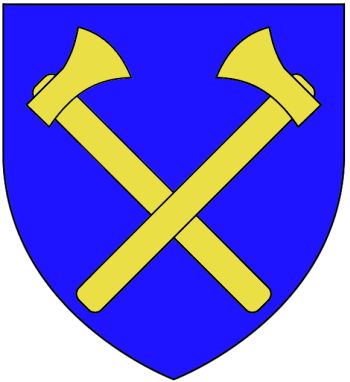Saint Helier: Difference between revisions
Jump to navigation
Jump to search
Knorrepoes (talk | contribs) No edit summary |
Knorrepoes (talk | contribs) m (Text replace - "|width="15%"|50 px|right |}" to "|width="15%"|50 px|right |}<seo title="Crest, Arms, Coat of Arms, Heraldry />") |
||
| Line 3: | Line 3: | ||
|width="70%" align="center" |'''Heraldry of the World<br>Civic heraldry of the [[United Kingdom]] > [[Channel Islands]]''' | |width="70%" align="center" |'''Heraldry of the World<br>Civic heraldry of the [[United Kingdom]] > [[Channel Islands]]''' | ||
|width="15%"|[[File:United Kingdom.jpg|50 px|right]] | |width="15%"|[[File:United Kingdom.jpg|50 px|right]] | ||
|} | |}<seo title="Crest, Arms, Coat of Arms, Heraldry /> | ||
'''SAINT HELIER''' | '''SAINT HELIER''' | ||
Revision as of 12:22, 7 May 2014
| Heraldry of the World Civic heraldry of the United Kingdom > Channel Islands |
SAINT HELIER
Origin/meaning
The arms of the Parish of St. Helier show two crossed axes on a blue background. Helier (in Latin: Helerius) was born in Tongeren in Belgium, probably between 510 and 520 AD. He probably arrived in Jersey around 535 - 545 AD. He was martyred in approximately 550-560 AD. He died during a Viking raid by decapitation. Hence the axe as his symbol.
